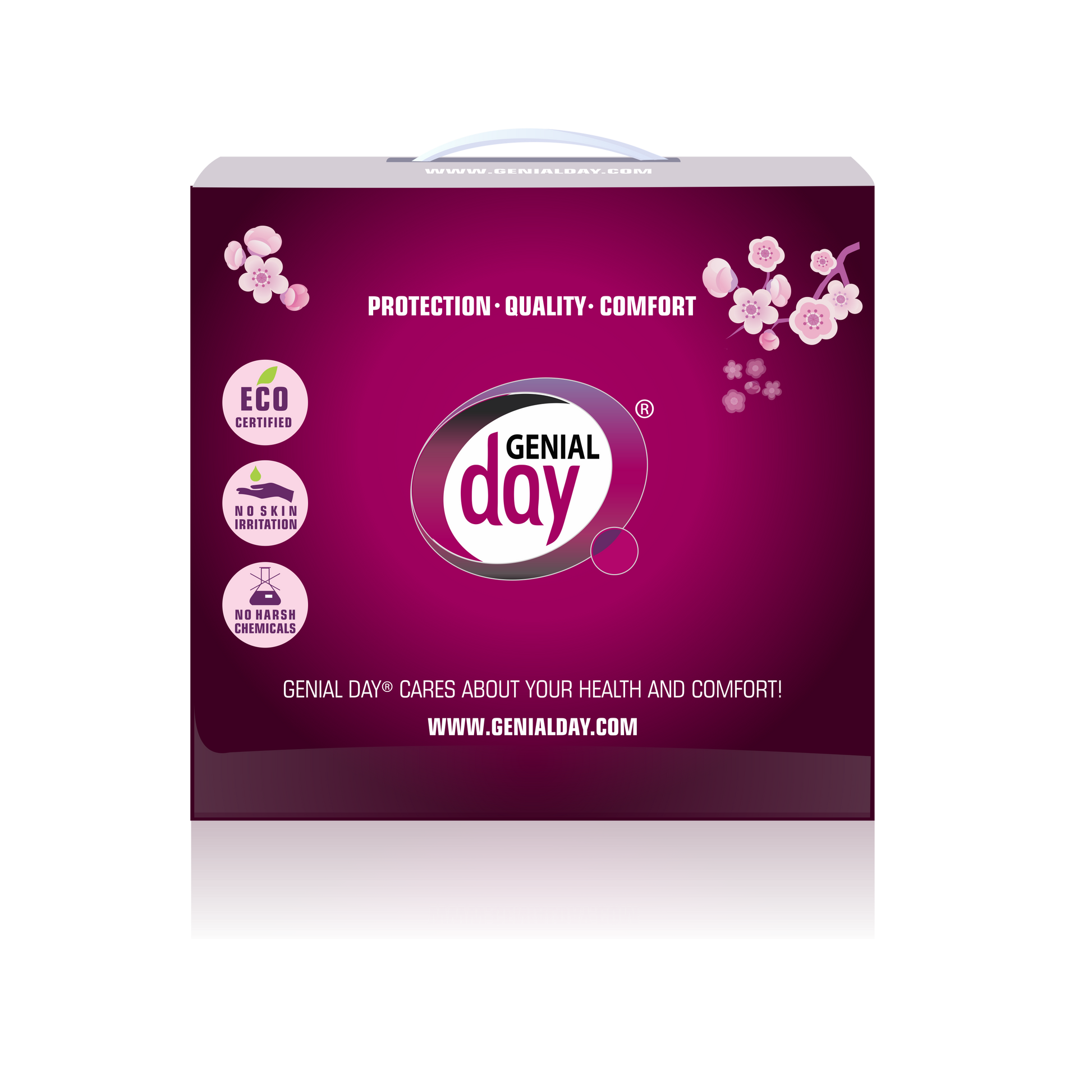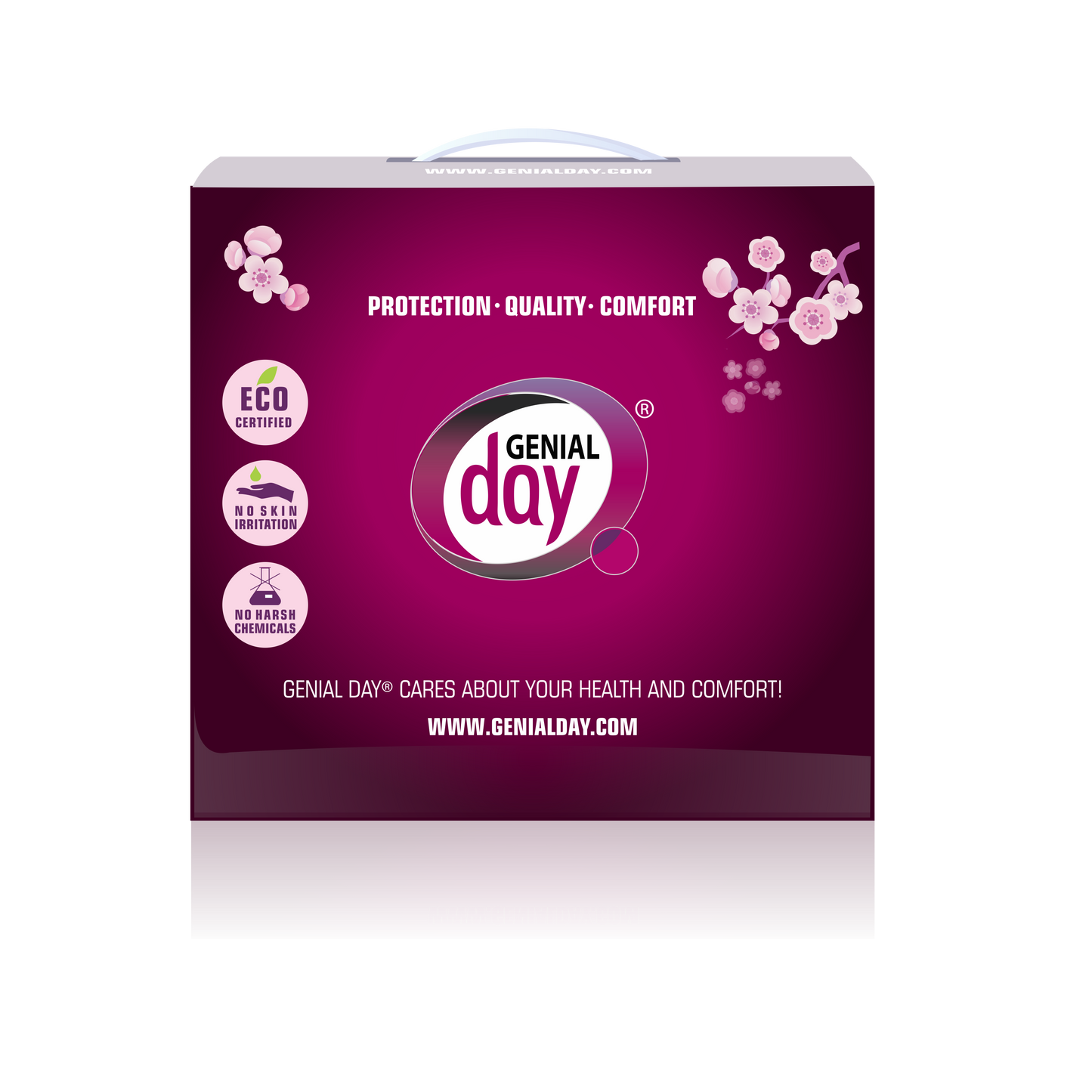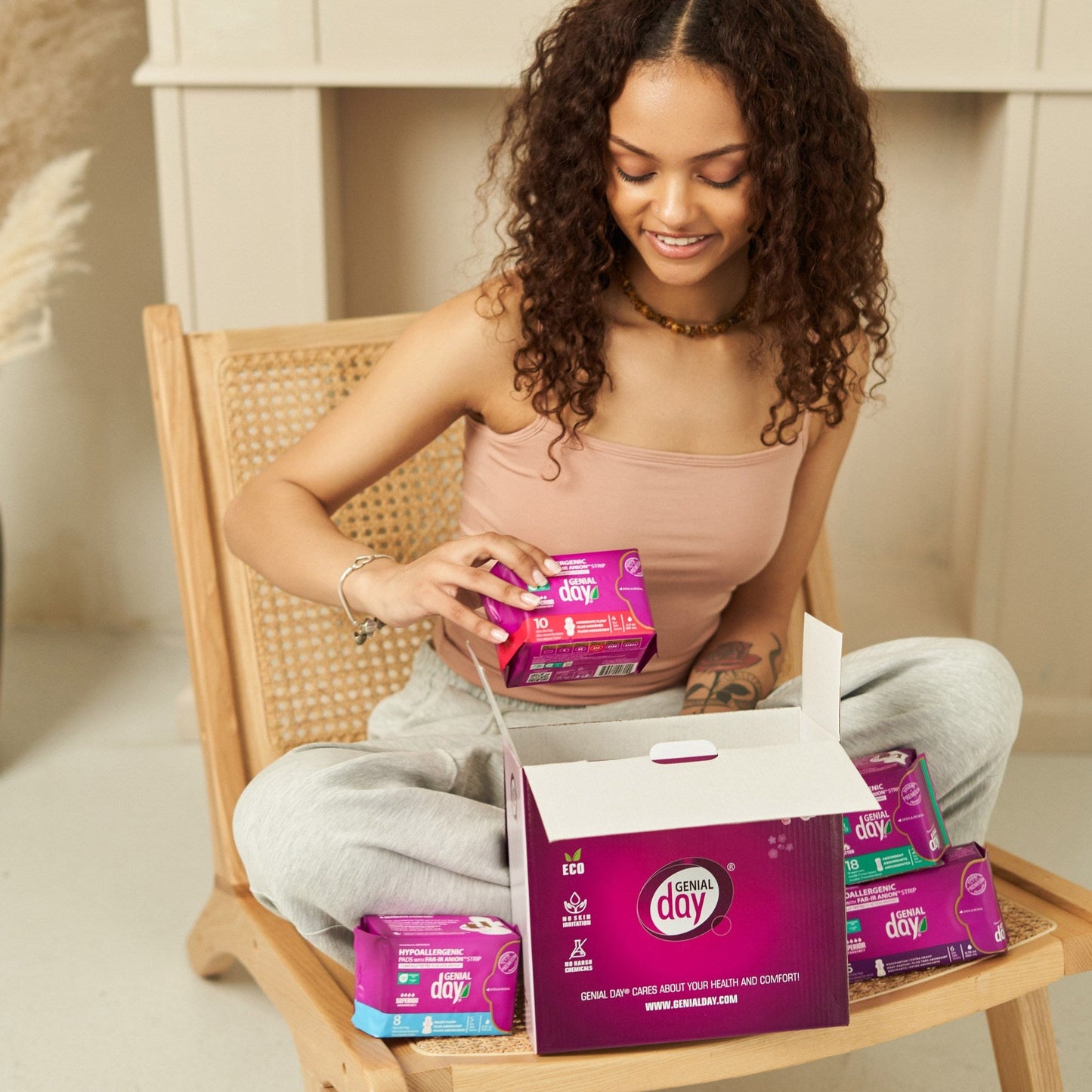A good rule of thumb: Don't confuse your vagina with a medical cabinet – or a kitchen cabinet.
Many women are familiar with that deep itch that just can't be scratched. The one that comes with a yeast infection and is the worst. It tends to turn the vagina into a nightmare of extreme discomfort.
Usually, the first thing most people do when suffering from this condition is trying out different kinds of home remedies. You will find a plethora of information on how to cure a yeast infection at home, but not everything you read is true and safe.
To get the medical perspective on such treatments, we spoke with some gynecologists and examined how a majority of women with such problems use alternative treatments—primarily out of desperation. Keep on reading to learn what we have found out.
The professional medical approach
According to experts, for women who have chronic vaginal problems, a majority of them—about two thirds—will try at least one form of alternative medication.
To many, alternative remedies sound great. You don't have to go in, you don't have to be evaluated. There is a popular perception that if it's a natural remedy, it's going to be completely safe and there won't be any side effects. There is also this perception that natural is going to be better because it helps your body take care of the problem.
But, thinking in the purely medical perspective – are there any indication that these treatments might work? Nope.
Despite what the internet might say, doctors agree they're no good. There are absolutely no home remedies to get rid of yeast infection, gynecologists assure.
And if they're basically useless, that means you're going to be stuck suffering from your uncomfortable symptoms even longer.
Moreover, if you put any of these alternative medicines in your vagina, there's a chance you'll get irritation and burning, doctors say. The vagina contains the most delicate and sensitive skin of your entire body, and even things that seem harmless can leave you with an infection, irritation, burns, or other damage.
Below, we have compiled a list of the most popular home remedies you should avoid at all costs. Believe us, your vagina will only thank you if you never try them.
#1 Tea tree oil
One of the most popular at-home yeast infection remedies the internet readily prescribes is tea tree oil, mixed into some kind of elixir and applied directly to the affected area.
Medical professionals strongly caution against putting tea tree oil on or in your vagina — it's very likely to make things worse.
Gynecologists have seen chemical burns from some of these internet suggestions, and a chemical burn inside of your vagina is not something we'd wish on anyone.
Tea tree oil is incredibly caustic and will cause a vaginal burn, so it’s probably not okay. If you have a yeast infection, your vagina is probably already feeling the burn — don't add fuel to that fire. Put down the tea tree oil.
#2 A yogurt tampon
You might have read it on multiple places that applying yogurt on your vagina can be beneficial. But do not blindly believe what you read on the internet.
Sometimes when people have a yeast infection they feel like yogurt on a tampon is a more natural way to treat it. What about putting yogurt on a tampon and then putting the tampon in your vagina?
No! Never! Don't do it, doctors warn.
Yogurt does contain lactobacilli that populate healthy vaginal bacteria. Yes, lactobacilli are good for your vagina, but the strain of lactobacilli in yogurt is not the same strain of lactobacilli that populates a healthy vagina, according to experts.
Even unsweetened yogurt has natural sugars, they explain, which can fuel yeast growth and might make matters worse. Bacteria and yeast love dark, moist places, which could in turn cause infection. Double infection.
#3 Apple cider vinegar
Is there anything apple cider vinegar can't do?
Actually, yes. It is not a home remedy for yeast infections, regardless of whether you bathe in it or apply it topically, gynecologists say.
One study did show that ACV's antifungal properties could help against the yeast candida, but there's one problem: it's not the same strain that's present in vaginal yeast infections.
There's also the idea that the high acidity in ACV could create a vaginal environment that's hostile to yeast. But doctors say you don't want to mess with your vagina's pH levels.
Yeast infections do not disrupt the normal vaginal pH, unlike some of the other vaginal infections, so “balancing” the pH isn't a solution of treating or preventing a yeast infection. (P.S. You don't need to "clean" your vagina – ever.)
A significant reason against
Please remember: DON’T confuse your vagina with a medical cabinet – or a kitchen cabinet.
Don't self-medicate a yeast infection, because it might not be a yeast infection at all — for many women, according to gynecologists, self-diagnoses are misdiagnosed.
The issue is that there are lots of women out there self-treating for yeast infection who don't have it at all. The data shows that a lot of women don't really know when they have a yeast infection.
Symptoms of a vaginal yeast infection include itching; soreness; redness; burning during urination and/or sex; thick, lumpy, white discharge that resembles cottage cheese.
People whose yeast levels get out of hand may not have all of those. They may actually be showing symptoms of bacterial vaginosis that may also cause burning, itching and pain.
The only way to know what is going on for sure is to have a health care professional check it out or use an over-the-counter testing kit. Then, the doctor's office can prescribe treatment to pull you out of your yeasty hell.




